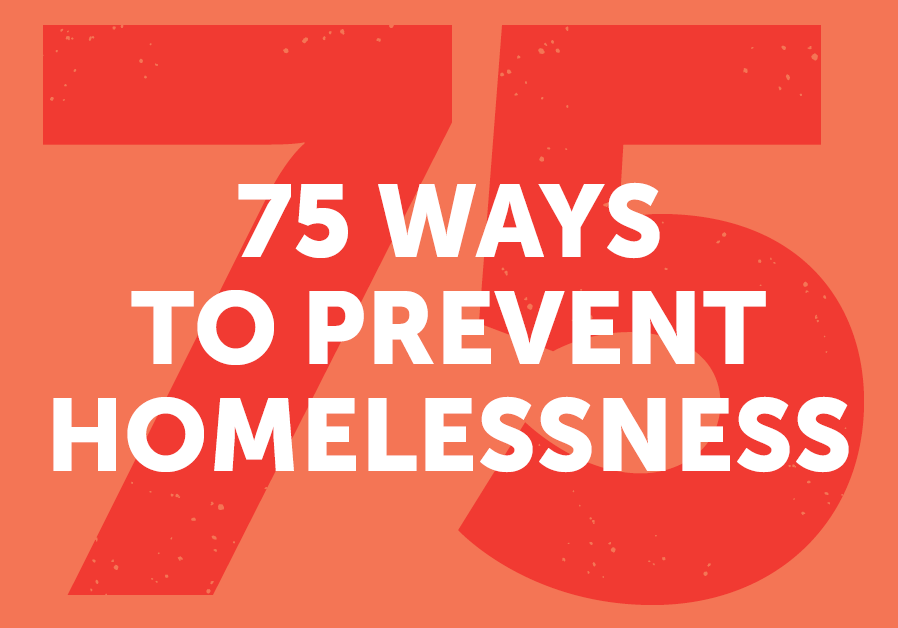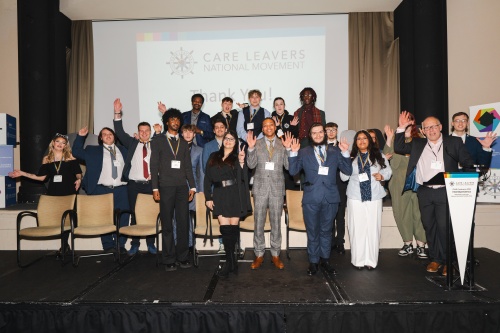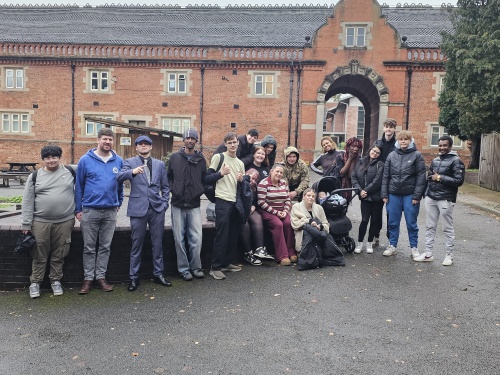Midlothian House Project - an example of practical homelessness prevention in Scotland
Posted 2nd August 2022
Midlothian Council
& the House Project
Settled homes for care leavers with peer support
The Midlothian House Project is listed in the Practical Prevention Examples as part of Crisis Scotland's '75 ways to reduce homelessness' report - a compendium of examples from services, projects and approaches in Scotland and beyond already working in the spirit and intention of new proposals to reduce homelessness.
The context
Research highlights the importance of safe, settled housing for young people
moving on from care. But even in safe, settled tenancies, young people can
experience isolation and loneliness. This can, at times, undermine sustainment.
Midlothian Council acknowledged it had no consistent pathway to support care
leavers into tenancies, resulting in high tenancy failure rates and recourse to the
homelessness system. Care leavers on the Midlothian Champions Board also told
local authority staff that they wanted more support with housing: these insights
led the Council to develop one of Scotland’s first ‘House Projects’.
The intervention
The first House Project was devised in 2015 in Stoke-on-Trent as a new housing
and support option for care leavers. It recognised the key benefits of a stable
home, youth choice and agency, and consistent personalised support within a
peer community. Funded by the UK Department for Education, the project aimed
to secure ten tenancies which care leavers could work on getting ready to live
in, whilst learning life skills in a peer group, which would provide longer-term
support and connection.
House Projects have subsequently formed in other parts of England, supported
from 2017 by a national hub (the National House Project), which coordinates
training, guidance and practice-sharing. In 2020, with funding from Life Changes
Trust, the first Scottish House Projects were launched in Midlothian, East
Dunbartonshire and Fife. Midlothian’s project is led by children’s services, with
referrals coming from 12+ practice teams, including for young people receiving
Throughcare/Aftercare. Young people up to the age of 25 who are homeless and
who have previous care experience can also be put forward.
A cohort of ten young people learn together on a programme, supported by
community learning and a local community group. In partnership with social
work and residential staff, House Project facilitators, with a smaller than average
caseload, offer intensive support to each person. There is also an ‘open door’
Hub, where young people can seek support anytime. Secure tenancies are
offered by the Council and Melville and Castlerock Edinvar Housing Associations.
Young people have choice on location and the type of property they’d prefer,
and are encouraged to participate in the decoration and interior design of their
home.
Whilst House Projects differ according to local context, each one adheres to
some key principles: a settled home for as long as the young person wants it;
personalised, trauma-informed support; a Hub/base offering an indefinite ‘open
door’; and a cohort of around ten care leavers willing to work together as a
group and complete some (often quite informal) learning and training.
The outcome
In Midlothian, all nine young people who joined the first House Project cohort
have moved into settled homes. Whilst too early to note long-term outcomes,
each one completed the programme and is doing well in their tenancy. They
have a positive group of friends with whom they maintain contact, and staff
support. One young person who chose to live in a different local authority area
has since decided to return to Midlothian and will receive continued support
from the House Project with their relocation.
Outcomes recorded across UK House Projects to date (from 2015) show 166
young people have moved into tenancies in 12 project areas, from 29 cohorts. A
further 99 young people are engaged in the programme, awaiting a home. 100%
have completed education, training and employment modules. No tenancy has
failed, and no House Project graduate has gone onto become homeless.
Key insights
• House Projects can work well for care leavers who may have been deemed
‘challenging’ and ‘hard to house’, as they give primacy to youth choice and
agency whilst offering unconditional support
• ….but it’s not Housing First: there are elements young people are expected to
commit to and want to do – including be part of a peer group (though they
can take a large or a very small part)
• securing tenancies for participants has been a challenge in some English
projects; Scottish care leaver protocols and social housing entitlements
substantially expedite the project’s housing-led principles
• a House Project may not suit every care leaver, but expands the range of
choices care leavers can make
Midlothian House Project
75 WAYS TO PREVENT HOMELESSNESS - FULL REPORT
Latest News
News Categories
Recent News
CLNM Conference 2025: Interdependence in Action
The Care Leavers National Movement (CLNM) Conference 2025 brought together young people, Local House Projects (LHPs), staff and partners from across the country for a day of inspiration, connection and learning. This year’s theme, 'Interdependence', shaped every part of the event, highlighting the importance of support, collaboration and strong relationships in helping care-experienced young people thrive.
Read moreNational Care Leavers Month 2025
NHP marked a significant milestone this year by celebrating the first-ever National Care Leavers Month (NCLM) - a month-long opportunity to amplify the voices and celebrate the achievements of care leavers. Building on the success of previous National Care Leavers Weeks (NCLW), extending the celebration for a full month created more space and opportunity to recognise the accomplishments and resilience of care-experienced young people.
Read morewienerberger spotlight on partnership with NHP
Building Futures: How wienerberger is Supporting Care Leavers into Construction & Manufacturing Careers
Read more




_500.jpg)